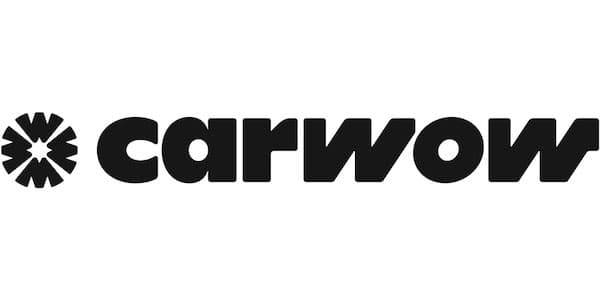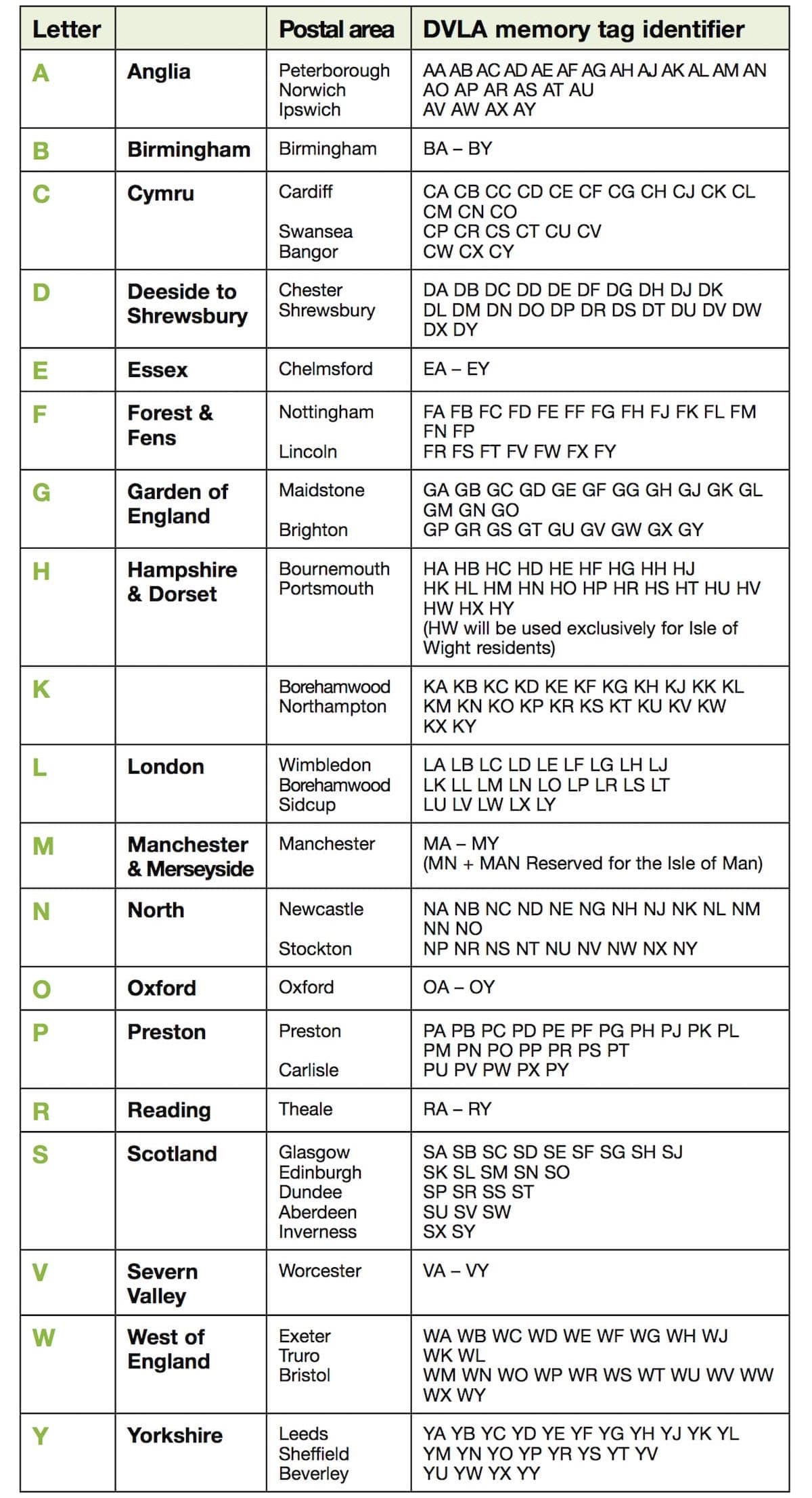
Many people find the UK number plate system bewildering. The Car Expert explains how it all works and what all the letters and numbers actually mean.

Looking for a new or used car? Our commercial partners can help you find the right car at the right price.

Find your next car with Motors.co.uk
Find out more
Find your next car with Auto Trader
Find out more

Find your next car with Carwow
Find out more

Find your next car with Motors.co.uk
Find out more
Find your next car with Auto Trader
Find out more

Find your next car with Carwow
Find out more
From 1 September 2024 to 28 February 2025, all new cars in Great Britain will have 74-reg number plates (eg – XX24 XXX). The system changes every six months, so the next change (25-reg) will be 1 March 2025.
“What do the letters and numbers on a number plate mean?” is a question that we have been asked many times over many years.
The current number plate system in Great Britain has been around since September 2001. Northern Ireland has its own system that is quite different, but today we’re concentrating on the GB system (England, Scotland, Wales).
We’re also not going to discuss any of the previous number plate systems before 2001. The numbering system has changed several times, so maybe we’ll look at previous systems another time.
Current British number plates are arranged in the format of two letters, followed by two numbers, followed by a space and then three letters (eg – XX73 XXX) as shown below.
Prior to Brexit, you could have a blue vertical strip (known as a ‘flash’) down the left side of the plate, with the EU logo and the letters ‘GB’ underneath. These are no longer available for new cars, but are still perfectly legal if you already have them fitted to your current car.
You can, however, display either a Union Flag or a national flag (England, Scotland or Wales) where the EU logo used to be, along with identifier tags underneath (eg – UK, GB, ENG, SCO, CYM).

The first two letters are called a ‘memory tag’, which is DVLA-speak for a location identifier for where the car is first registered. this used to be determined by the DVLA office where the registration took place, however the DVLA closed all its regional offices in 2013 and now handles new registrations directly with car dealerships through an online system.
Even though the system is now centralised, dealers still tend to be allocated registration numbers that reflect their region, so (for example) if you are buying a new car from a London dealership, you will almost certainly be allocated a number plate starting with an L.
Other regions of England have their own letter codes; Yorkshire-registered cars start with the letter Y, Hampshire-registered cars start with an H, and so on. If you’re buying a new car in Scotland, it will almost certainly start with an S. For cars registered in Wales, it will start with a C for Cymru.
If you look closely at the list below, you will see that the letters I, Q and Z are not used anywhere in the two-letter memory tags. This is to avoid any confusion between those letters and the number 1, letter O and number 2, respectively.

The two numbers are called the ‘age identifier’, which tells you in which six-month period the car was first registered. This system is unnecessarily confusing, but you eventually get your head around it.
The numbers change every six months, in March and September. The March codes are easy to remember as they follow the year of registration (so a car registered between March and August in 2024 will have the number 24, a car that was registered between March and August 2005 has the number 05, and so on.).
For cars registered between September and February, it’s slightly more complicated. The numeric code equals the year (as of September) plus 50. So a car registered from September 2024 until February 2025 will have the number 74 (= 24 + 50). A car registered in September 2006 – February 2007 has the number 56 (=06 + 50), and so on.
This means that a car registered in 2024 could have a number plate with any of 73, 24 or 74 on it, depending on which month it was registered. Yes, it’s ridiculous.
In theory, this system will run until we get to February 2051 unless a future government changes it before then.

The last three letters are officially random. In practice, dealerships are allocated batches of registration numbers, so your local dealer will probably have a run of consecutive numbers. When they have used up all of that allocation, they will be assigned another batch. So it’s not technically random, but close enough.
Again, the letters I and Q are not used because they can be confused with 1 and O, although Z is apparently fine for this section of the number plate.
The DVLA withholds any combinations that may be considered offensive or sweary – we won’t give you any examples but you can use your imaginations…
Personalised number plates are a whole different story and are not covered here, but again the DVLA will censor anything it considers inappropriate or offensive.
You may have seen that some cars now have a green flash on the left of the number plate, in the same place where the blue EU identifier used to be. This is a new initiative for electric cars.
The purpose of the green flash is to allow authorities to easily identify electric cars, which may be eligible for cheaper parking, priority parking or use of specific lanes, exemptions from taxes like London’s Ulta Low Emission Zone, and so on.
It’s not compulsory to have these “green plates” on your electric car if you don’t want to shout about it, but uptake seems to be increasing as EVs become more popular.


Well that’s a different question, but it very often follows the original question of “How does the system work?” Beats me, but I guess it gives a lot of civil servants in Swansea (where the DVLA is based) something to do…
This article was originally written in September 2012 and was most recently updated in August 2024 in time for the upcoming 74-plate festivities.